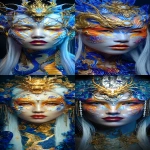Explore the Best AI Image Gallery
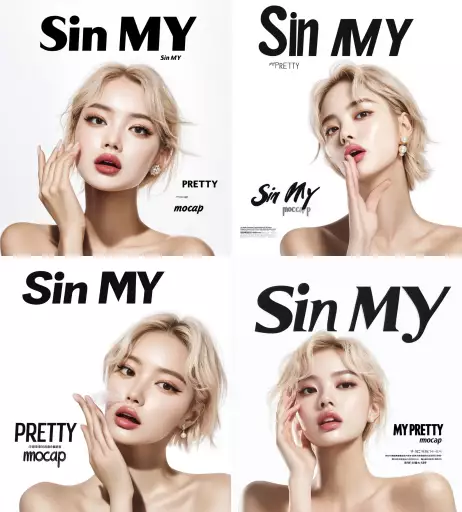
AI Images: A New Brushstroke in the Design Canvas
The realm of design is experiencing a seismic shift with the advent of artificial intelligence (AI) image generation. This groundbreaking technology empowers designers with unprecedented creative tools, blurring the lines between human imagination and machine ingenuity. From generating stunning visuals to streamlining design workflows, AI images are poised to revolutionize the creative landscape.
A Palette of Possibilities: Applications in Design
The potential applications of AI-generated images in design are as vast as the imagination itself. Here are just a few examples:
- Logo and Branding Design: AI algorithms can generate unique logo concepts based on specific brand guidelines, target audiences, and industry trends.
- Website and UI/UX Design: Create eye-catching website layouts, user interface elements, and interactive prototypes with the help of AI-powered design tools.
- Marketing and Advertising Materials: Generate compelling visuals for social media campaigns, brochures, and other marketing collateral.
- Product Visualization and Packaging Design: Bring product concepts to life with realistic 3D renderings and innovative packaging designs.
- Editorial Illustration and Concept Art: Visualize stories, characters, and environments with AI-generated illustrations that spark imagination.
Navigating the Ethical Landscape
While the potential benefits of AI image generation are undeniable, its crucial to navigate the ethical considerations carefully:
- Copyright and Ownership: Questions arise regarding the ownership of AI-generated images, especially when trained on copyrighted material.
- Bias and Representation: AI algorithms can perpetuate existing biases if trained on biased datasets, leading to unfair or stereotypical representations.
- Transparency and Accountability: Its important to understand how AI models generate images and ensure transparency in the creative process.
Shaping the Future of Design
The integration of AI image generation into design workflows is still in its early stages, but it holds immense promise for the future:
- Enhanced Creativity and Collaboration: AI can act as a creative partner, inspiring new ideas and facilitating collaboration between designers.
- Personalized Design Experiences: AI can generate tailored designs based on individual user preferences and needs.
- Streamlined Design Processes: Automating repetitive design tasks will free up designers to focus on higher-level creative endeavors.
Conclusion
AI image generation is revolutionizing the design industry, offering a powerful new set of tools for creativity and innovation. By embracing this technology responsibly and addressing the ethical considerations, we can unlock its full potential to shape a more visually captivating and inclusive future.



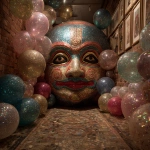
](https://images.ai-img.art/thumbnails/150/5197af8969d850e2a43e141d41e482ccbceedebceb2a4caf9f098f943f9d1b0f.webp)
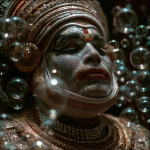

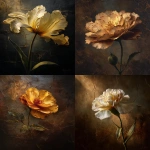


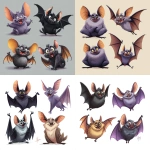
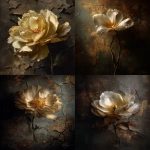
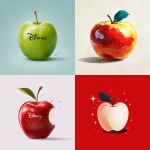
](https://images.ai-img.art/thumbnails/150/3020b8c2b6d9be07e042357107af1de10deb274a41d2b0f332684ad4b532a702.webp)
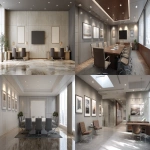
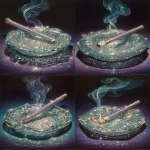



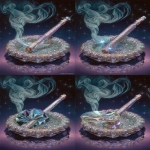
](https://images.ai-img.art/thumbnails/150/485c8b1c747827bdc9a962f8a1919b3c259b18dd263b260208a1eae19fb85e07.webp)

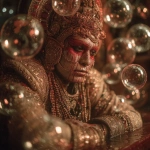
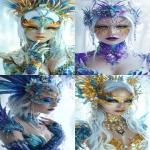

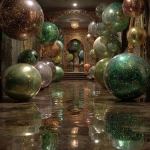
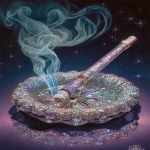
](https://images.ai-img.art/thumbnails/150/269414b0e541026702e9e67c67602c96162f37ff460a388b3b36314c8fc936dd.webp)




](https://images.ai-img.art/thumbnails/150/2fbd98ecfc425cfc1597779121e1c0305437067779e9c471eb64ff9615d5be98.webp)



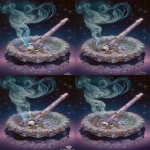


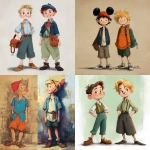
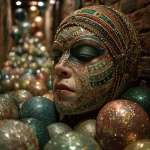
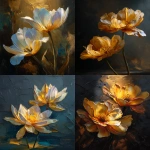

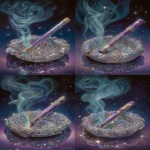
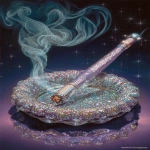
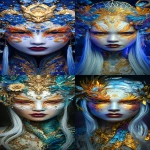
](https://images.ai-img.art/thumbnails/150/8d1fe5a7a49cfc96747182431a853357913286d89258383caab2d3b4681afcb5.webp)

